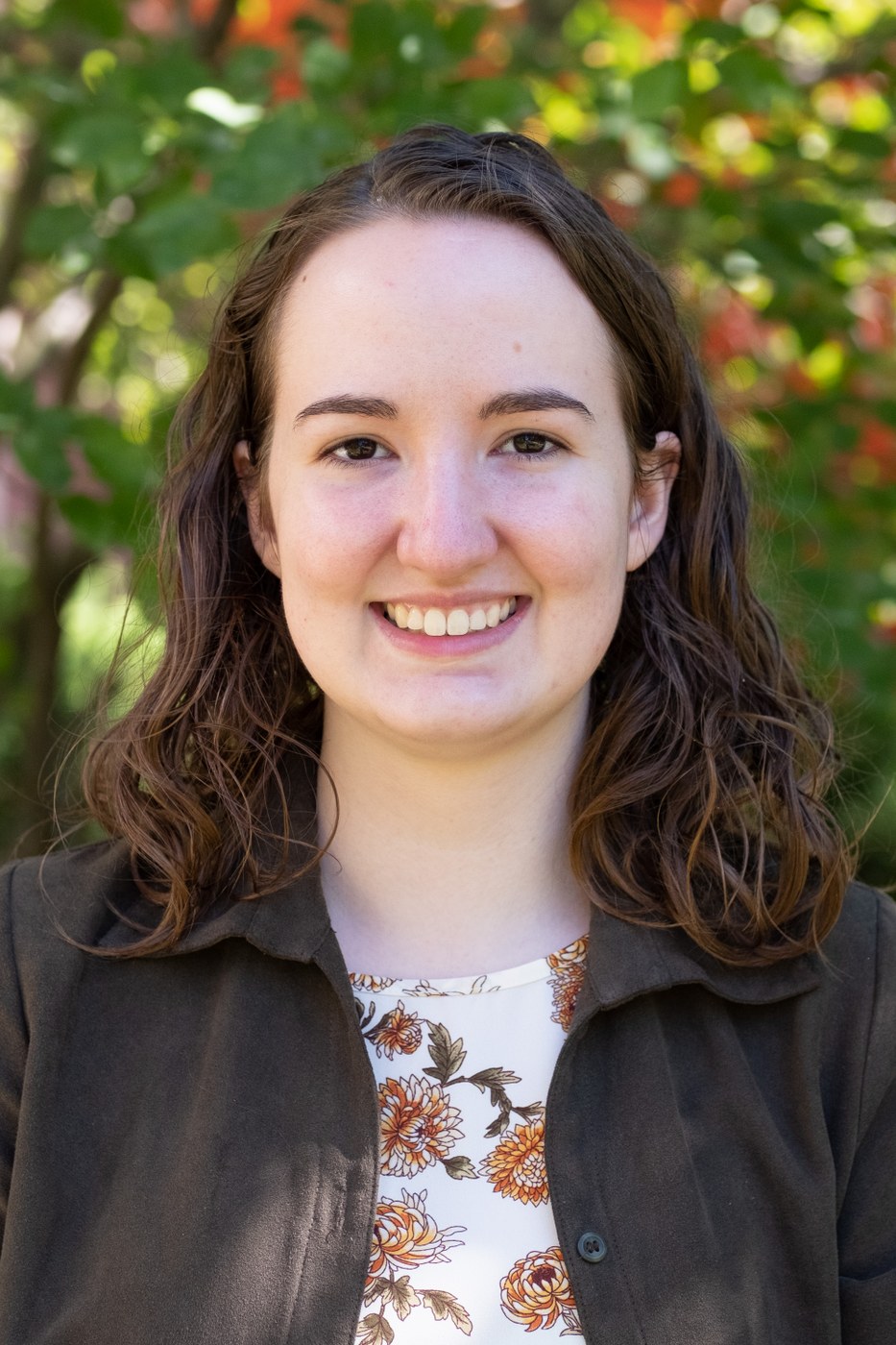This is the eighth of ten short news articles written by students, during the professional development class of Fall 2022, about each other's research.

Sarah Spence
Student Research Spotlight - Sarah Spence
By Sahil Pawar
The queen and the king are not complete without each other, but how does the king choose his queen? Chemist turned entomologist, Sarah Spence, a graduate student in Etya Amsalem’s laboratory at Penn State is trying to understand how common eastern bumble bees males (Bombus impatiens) find and mate with queens.
Insects communicate with chemicals called pheromones. Many male insects are known to be attracted to female insects by sex pheromones secreted from glands in the females. Spence says, “For bumble bees, it is just assumed that they use pheromones and people don’t really know exactly what pheromones they use.”
In her project, Spence will try to find out whether males use visual, chemical or a combination of both signals to choose their mate and will further explore the chemical basis for mate choice in bumble bees. She hypothesizes that the labial and Dufour glands (tiny glands located on top of the brain, and in the abdomen) in bumble bees emit a pheromone or a combination of pheromones which attract bumble bee males. She will conduct behavioral experiments where she will observe and test male bumble bee attraction to unmated queens and workers. She will also conduct choice assays to test male attraction to the labial and Dufour glands and the compounds found in it. These experiments would give her clues as to how mate choice occurs in nature.
Spence’s research will be invaluable to the fields of chemical ecology and social behavior as well as agriculture and conservation. Identifying the exact pheromone/ chemical blend can also help in bumble bee rearing and monitoring in the field. Rest assured, Spence’s patience (impatiens) and hard work will help identify the sex pheromones in bumble bee queens that attract male partners.
The study is funded by a NSF CAREER grant to Sarah’s thesis advisor, Etya Amsalem. Jocelyn Millar from the University of California, Riverside works as a collaborator in this project..

